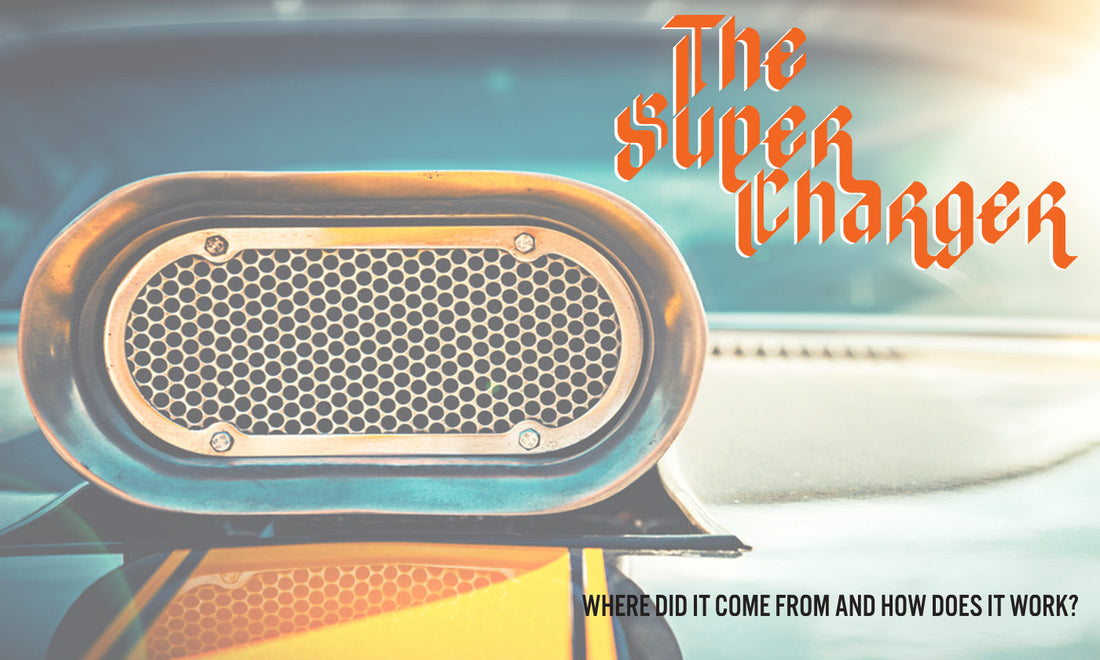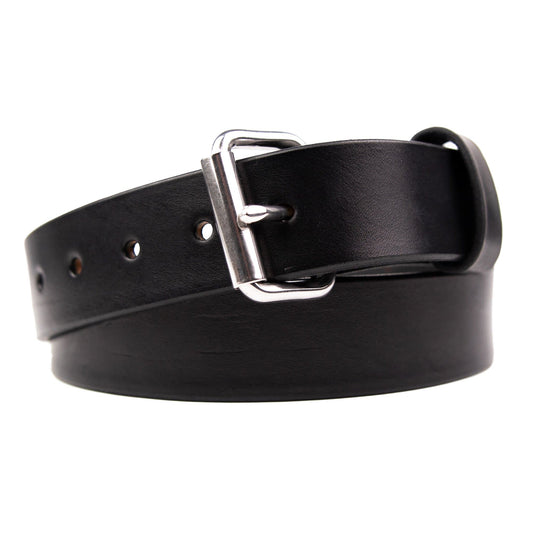Superchargers trace their origins back to Connersville, Indiana, where two brothers, Philander and Francis Roots founded the Roots Blower Company. In 1860, they patented a design for a new style of air pump for use in blast furnaces to melt iron.
The first recorded use for combustions engines was in 1878 in the first successful two stroke, two-cylinder combustion engine. Though the Scottish inventor, Dugald Clerk insisted that the second cylinder was not a supercharger because it was not intended to compress the air.

Gottlieb Daimler, a German inventor, industrialist, and co-founder of Daimler-Benz, patented the first supercharger for internal combustion engines in cars in 1900. He died that same year. The rush to find different and better styles of superchargers had begun in earnest as the potential for more powerful engines was becoming clear. Louis Renault, a French automotive pioneer and founder of Renault, a brand that still exists today, invented a centrifugal supercharger in 1902. While the result of this style of supercharger was essential the same – increasing the horsepower of the engine, it worked in a different way. The Roots style and the centrifugal style are, to this day, still two of the main types of superchargers used in motorsports.
In 1908, the world saw the world’s first supercharged race car – the Chadwick Big Six. In Pennsylvania, the Big Six competed in the Great Despair hill climb in Pennsylvania and won. It competed in a number of races, including the Vanderbilt Cup, a race organized by William K. Vanderbilt Jr., heir to the Vanderbilt fortune. It also won the 200-mile race at Fairmont Park in 2010. The Chadwick Big Six reached speeds of 100 mph. In comparison, the Model T produced in the same year, had a top speed of 45 mph.

At the Berlin Motor show in 1921, the company that Gottlieb Daimler had cofounded released the Mercedes – the first production car featuring a supercharger. This model was the beginning of the storied Mercedes-Benz line of automobiles.
Following soon after, supercharged models from Alfa Romeo, Bugatti, and Bentley all released high-performance, supercharged production models that Mercedes has pioneered. These models were all, essentially, race cars produced in the standard product line of the auto companies.
How they work
Most engine are open to the atmosphere, which limits how much air they can take in. The combustion that powers an engine requires both fuel and air in the right mixture – air is traditionally the limiter of how much fuel can burn. A supercharger increases the amount of air forced into the engine. With more air, more fuel can burn, resulting in a higher horsepower produced by an engine without increasing its size.
The most basic of these superchargers, and probably the most recognizable, is the Roots style blower used in the classic dragsters and with the scoop protruding through the hoods of muscle cars. The profile is unmistakable. Of the three main styles of superchargers, the Roots is larger, produces more heat, and is less efficient than other options. However, because of the comparatively simple design, it is significantly more reliable. In addition, it also produces the same amount of horsepower and torque at virtually any speed, which is the reason that it is been an essential style used for drag racing and hotrods.

The twin-screw style supercharger is a more efficient, producing less heat and consuming less power than the Roots, but that delivers air to the engine in a very similar way. While the Roots supercharger compresses and feeds air to the engine through rotors, the twin-screw style compresses air through two rotors that fit into one another’s grooves. The technology behind the twin-screw supercharger was originally invented in the late 1800s, but the interlocking screws required more precision machining – one of the main reasons it didn’t come onto the scene until the '30s. Similar to the Roots style, the twin-screw design produces the horsepower and torque independent of the engine rpm. However, they tend to be the most expensive of the systems because of the precision required in manufacturing.
The most efficient of the main type of superchargers is the centrifugal design – it requires much less power and produces much less heat than the other styles. Unlike the Roots and twin-screw style, the boosts in torque and horsepower aren’t felt at lower speeds. The centrifugal designs optimize at higher speeds, where they reach higher peak horsepower than either than the twin-screw.

The centrifugal supercharger evolved during World War II with use in aircraft, leveraging the high airspeed into increases in speed and high-altitude performance. The higher an airplane flies, the lower the air pressure. Centrifugal super chargers helped to maintain engine power at higher altitudes by increasing the pressure of the air feed to the engine. These superchargers in aircraft were also paired with turbochargers, known as turbosuperchargers are the time.
Primarily finding early and continued use in operation of large diesel vehicles, turbochargers have found use in both cars and motorcycles. The main difference between superchargers and turbochargers is that superchargers are driven by the engine, while turbochargers are driven by the engine’s exhaust gas. Turbochargers tend to be more fuel efficient, especially at normal speeds, but still provide the advantage of the extra power when necessary.
Superchargers from the 1950s to the modern day
Superchargers had changed the landscape of racing, but in the late 1920s, giving into pressure from Detroit automakers, the Indy 500 outlawed superchargers in the race. The depression and the war that followed saw superchargers disappear from cars in racing and on the market.

Though hot rodding existed in the '30s, it really took off after World War II, thanks to innovative drivers and mechanics. Amateur racers and car enthusiasts raced in modded production cars on dirt tracks. Among rodders, there weren’t the rules that barred the advantage that superchargers offered - the more power, the better.
Hot rodders would adapt superchargers for their cars wherever they could find them, from supercharged cars sold in the 1930s and salvaged engines from World War II vehicles, but the results were often disappointing or prone to failure.

At the beginning of the 1950s, aftermarket supercharger kits were sold to the public by McCulloch and PEPCO designed to be adaptable to a variety of models. McCulloch Motors, in particular, targeted the hot rodding and drag racing market as fertile sales ground for his supercharger.
Not surprisingly, the supercharger kits were an enormous success and by 1953, with the popularity of the kits, they expanded the line of kits from the initial group of compatible cars into almost all cars in production at the time.
The supercharger was suddenly back with vengeance. Year after year, new, faster cars, better kits, and better superchargers were marketed to the American public, eager for more power and speed. It was the heyday of American muscle and there was no going back.

In the modern day, with the commercial demand for higher horsepower in the street vehicles consumers drive daily, superchargers aren’t only limited to the monster engines of dragsters, hotrods, stockcars, and modded muscle cars anymore.
Consumers can buy supercharger kits designed for modern day cars with more complex electronics and automotive advancements to get the raw power they’re after. Additionally, following the market demand, superchargers are available in current upper end production models of Mustangs, Camaros, and Challengers as well as SUVs produced by Jeep and Land Rover. Auto manufacturers are currently offering supercharge equipped, street legal sports cars with upwards of 750 horsepower. That is the same amount of horsepower pumped out by the engines that NASCAR drivers race with.
Just like consumers in the 1920s with Mercedes, Bugatti, and Bentley models, superchargers have found their way into main production lines, offering consumers the opportunity to own a race car that they can park in their own driveway.





